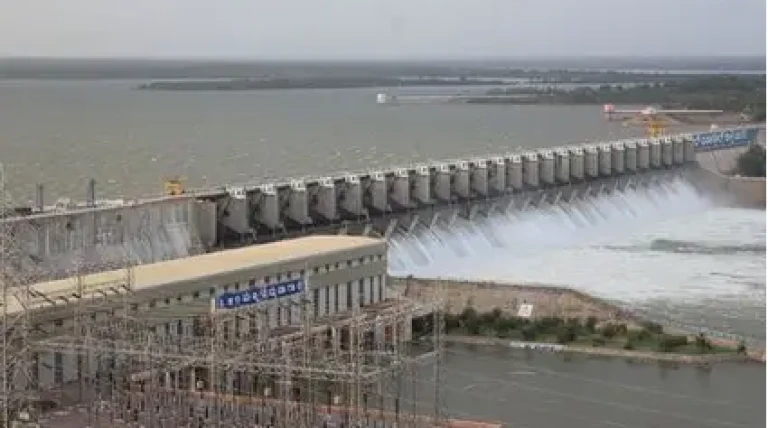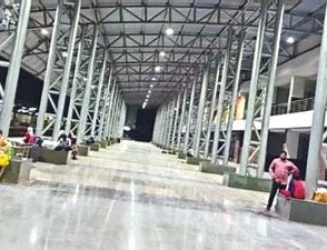Indira Gandhi International Airport (IGIA) in New Delhi is undergoing a major infrastructure expansion with four key projects aimed at enhancing its capacity and efficiency. These upgrades will focus on improving passenger handling, boosting international flight operations, and modernizing runway systems, especially to address challenges during foggy winter months.
By March 15, restoration work at Terminal 1 (T1) will be completed, and following necessary security clearances, the expanded terminal will open fully by April. This expansion will enable T1 to accommodate 40 million passengers annually. Once T1 is operational, Terminal 2 (T2) will close for extensive structural repairs, which include strengthening the apron, installing new flooring, upgrading washrooms, and improving boarding bridges, with an estimated cost of ₹80 crore.
To support the growing international traffic, Delhi International Airport Ltd (DIAL) is converting a domestic pier at Terminal 3 (T3) into an international facility, which will increase T3’s capacity from 20 million to 32 million international passengers annually. This transformation will take 4-5 months, with domestic flights continuing in the pier during most of the work.
In addition, runway improvements are underway, with the primary runway (28/10) set to close at its Dwarka end to install CAT III-B instrumentation. This will allow the runway to support landings in low-visibility conditions at both ends, minimizing disruptions caused by fog.
To enhance connectivity for passengers transferring between domestic and international flights, DIAL is deploying additional buses and installing waiting lounges and automated baggage transfers to ensure smooth transfers between T1 and T3.
These upgrades are part of IGIA's efforts to manage increasing air traffic and prepare for future challenges, including the opening of Jewar Airport. Long-term plans may include the eventual replacement of T2 with a new Terminal 4 to further accommodate growing demand.
News by Rahul Yelligetti.
![{[setting('site_name')]}](https://projxnews.com/uploads/setting/16983847711140531930.webp)












